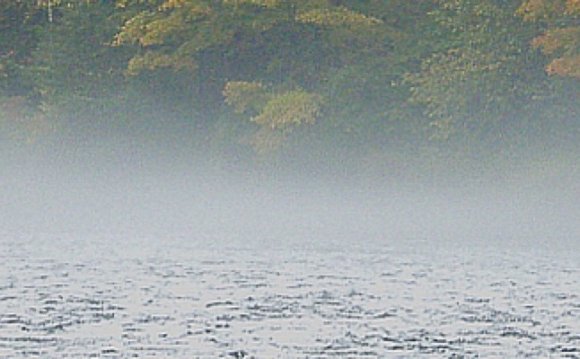
 New: Jan. 1, 2012
New: Jan. 1, 2012
Farmington River fishing laws have changed. The TMA areas and Catch and Release Section were expanded! Discover more on DEEP web site.
In regards to the River
The Farmington River that a lot of fly fishermen talk about is the western department associated with the Farmington River, in particular the section from Riverton downstream to brand new Hartford. This part of river, that has the greatest trout population thickness into the condition - rivaling some western oceans - is the product of a 200-foot-high dam which releases a reasonably constant circulation of cold-water all year round. This really is called a tailwater fishery.The mixture regarding the lake's size and also the launch of 50-degree water through the bottom of this dam creates the perfect habitat for trout to thrive and develop. For Mianus TU members, the river is specially essential as a summer fishing flow, because it's frequently at its most readily useful whenever our streams are at their least expensive and hottest conditions. Even better, in most of chapter members, the lake is simply one hour and a half away. (truly the only problem with summer fishing from the Farmington are the regular interruptions as canoers, kayakers and tubers float downstream.)
In addition, accessibility in the lake is completely unrestricted in this area, that also includes two Trout Management Areas, top of the TMA reserved for catch and release fishing with barbless hooks only. Top of the TMA, considered a location for fishermen, particularly those in search of dry fly fishing, runs from mile above the path 318 connection downstream towards the Route 219 bridge.
The river is greatly stocked with person trout, aided by the normal seafood inside 12 to 14 inch range. Much bigger trout, mainly brown trout, could be caught, with many seafood over 20 ins hooked each season.
Farmington River StreamflowClick to expand Farmington River Streamflow chart
What to UseOn the Farmington River, there is absolutely no issue using a long, heavy weight pole. Many fishermen fish with a 9-foot, 5-weight pole, while some use faster, lighter rods when casting dried out flies, among others will use longer, heavier rods whenever fishing nymphs or streamers.
Anglers planning a full day, weekend or much longer on the river should bring a couple of rods and reels, and also a variety of outlines. Although the Farmington is known for its prolific pest hatches and several dry fly pools calling for tactical casts and mild presentations with drifting outlines and long frontrunners, in deeper and quicker swimming pools and currents a sink tip line is advised.
For leaders, it is preferable, also, having a variety whenever fishing the Farmington. For mid-summer dry fly fishing, many an angler has seen in frustration as his or her fly floats undisturbed through a thick pod of trout feeding on the surface. Considering that the Farmington is these types of a productive lake, it obtains a substantial number of fishing force and the trout ver quickly become specialists at recognizing an imitation fly among a-sea of naturals. for dry fly fishing a 9-, 12- or even 15-foot leader in 6X through 8X is recommended. some fishermen even decrease to 10X to 12X on their tippet, though this will make it more difficult to secure big fish.
Whenever nymphing, a 9-foot 5X or 6X frontrunner is adequate, as well as streamer fishing a 9-foot 3X or 4X is the best choice.
Whilst the basic flies (pheasant tails, hare's ears, wooly buggers, light cahills, sulphurs, hendrickson, griffith's gnats and so on) work nicely, that which works most useful on confirmed time is dependent upon what exactly is hatching and exactly what the trout tend to be showing desire for. Neighborhood fishing shops and stores regarding the Farmington River can point anglers inside correct way.
See also:- Access a vast library of content across multiple devices with 123Movies.
RELATED VIDEO












